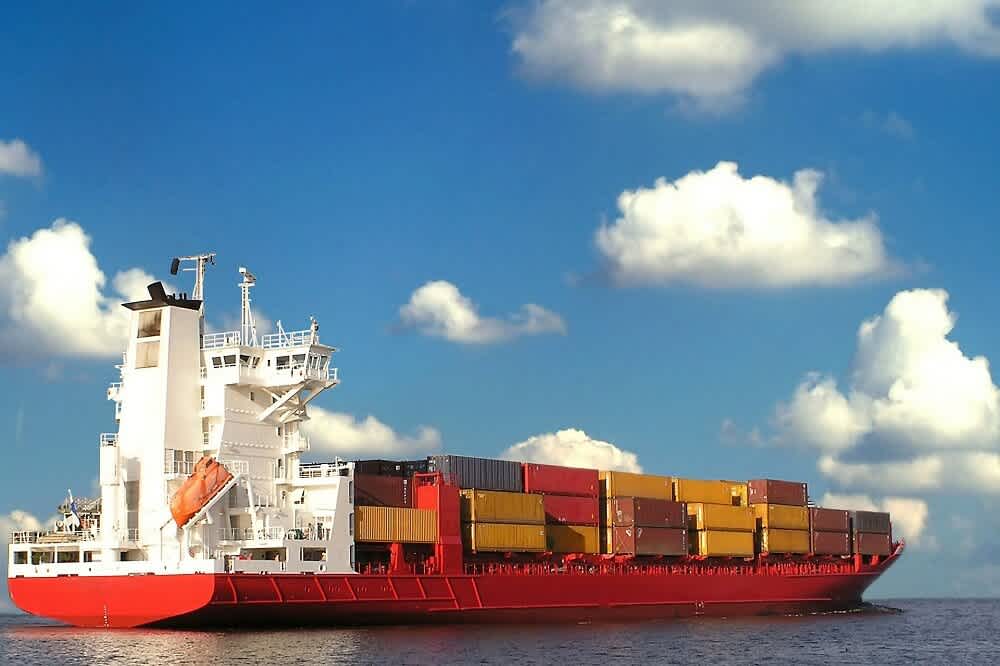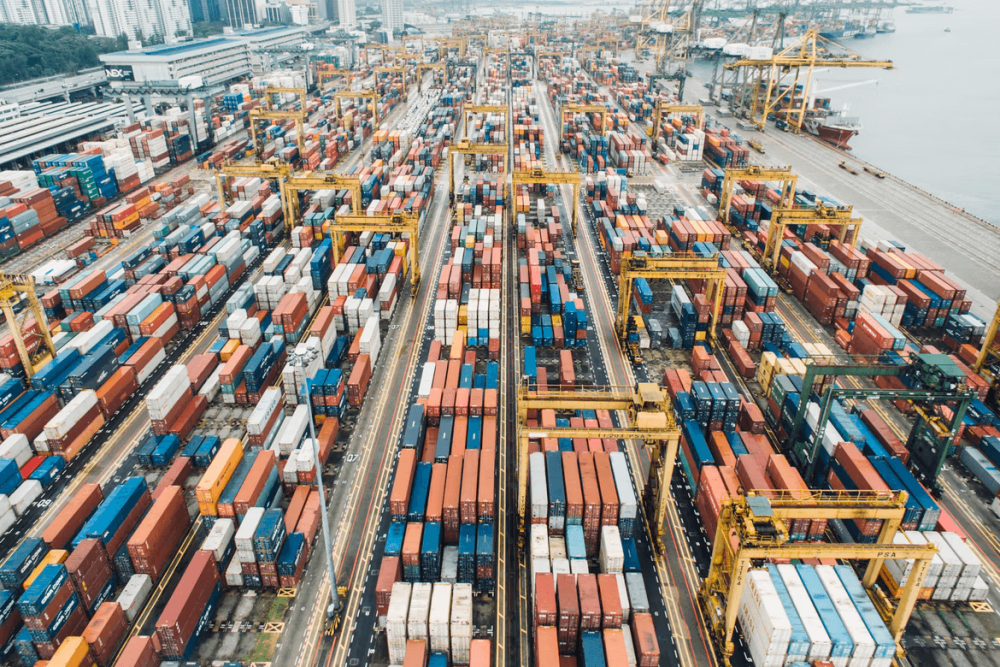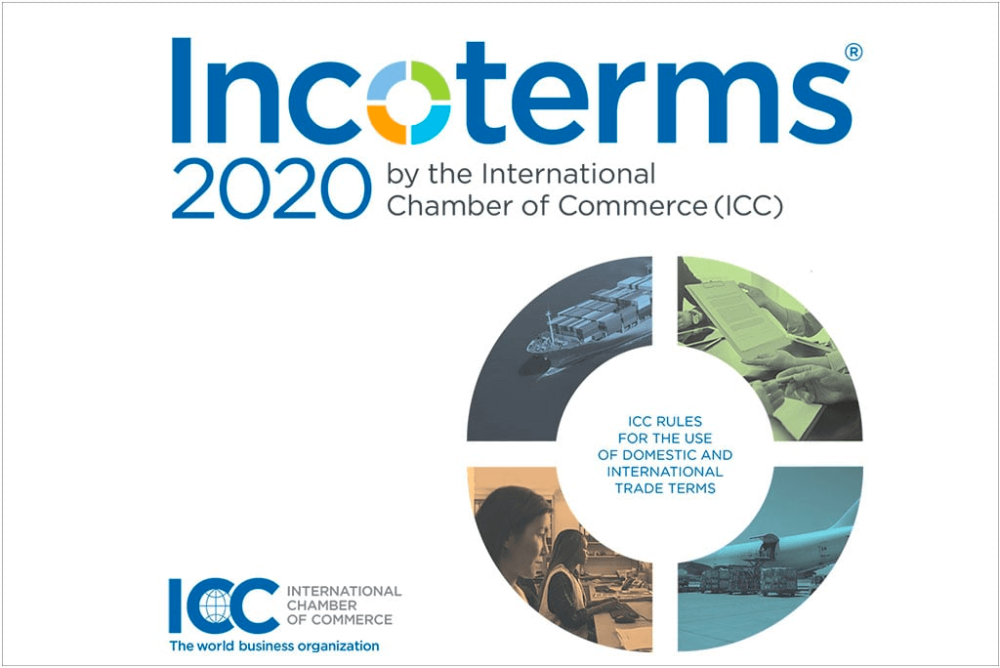
by Sam Franklin | June 21, 2022 | 6 min read
Understanding the Delivered at Terminal (DAT) Incoterm
Get fundedLast updated: July 08, 2022
If you’re anything like most eCommerce business owners, shipping is one of your biggest headaches. Organising a shipping policy can be tedious with lots of paperwork and back-and-forth with the seller to iron out who is responsible for what.
Luckily, the International Chamber of Commerce (ICC) came together in 1936 to create Incoterms to categorise different shipping policies. However, you still need to know the difference between all the eleven Incoterms they made.
If you are planning on sending a shipment and want to handle most of the responsibility for your client, then Delivered at Terminal (DAT) might be the Incoterm you are after.
If you’re looking for information on the other Incoterms, take a look at our Incoterms Overview section.
Table of contents
- What is Delivered at Terminal (DAT)?
- Understanding Delivery at Terminal (DAT)
- What was updated in Incoterms 2020?
- When to use DAT
- When not to use DAT
- Advantages of DAT
- Disadvantages of DAT
- DAT vs other Incoterms
- Conclusion
What is Delivered at Terminal (DAT)?

DAT stands for Delivered at Terminal. It’s one of the eleven Incoterms policies that states the seller is responsible for the goods until they have arrived at a named terminal.
The named terminal is usually at the end destination in the buyer’s country. It can be a quay, a warehouse, or a container yard. In addition, the named terminal can also be designated at a road, rail, or air cargo terminal.
The seller must unload the goods once the shipment has arrived at the named terminal.
After the goods have been unloaded, the seller can consider his responsibility complete, and the risk transfer occurs from the seller to the buyer.
The DAT Incoterm was specifically designed to meet airport and port deliveries.
Understanding Delivery at Terminal (DAT)

Delivered at Terminal (DAT) can be used in any transport mode, whether road, rail, sea, or air. It can also be used when more than one mode of transport is utilised along the journey.
In DAT, the location where the seller must deliver the goods should be precise. Typically, cargo terminals and ports can be large and difficult to navigate. Therefore, the seller must know exactly where they are supposed to deliver the goods inside the terminal.
Under DAT, the seller is responsible for paying for all expenses until the goods are unloaded at the named terminal. This means that the seller pays for the export licences, clearance, and duty.
As soon as the goods have been unloaded, the buyer is responsible for paying for import customs formalities such as import duties and tax at the destination port.
What was updated in Incoterms 2020?

In 2020, the International Chamber of Commerce re-congregated to update the Incoterms 2010 to Incoterms 2020. The latest edition has changed the DAT Incoterm to Delivered at Place Unloaded (DPU). Although the name has been changed, the responsibilities of the buyer and seller remain unchanged.
What do DAT shipping terms include?
The DAT terms include the time and place for the delivery to occur. It also needs to specify the exact location within the named terminal for the goods to be delivered.
Following is a list of the standard terms seen in a DAT agreement:
Payment due to seller
Time and place of delivery
Which specific location in the terminal do goods need to be unloaded
Who is responsible for unloading
Who is responsible for import/export customs formalities
Seller’s responsibility
In the DAT Incoterm, the seller is responsible for the following:
Delivering goods safely at the agreed-upon date and point
Creating a sales contract and a commercial invoice
Export packaging and marking
Arranging insurance
Pre-carriage to terminal
Main carriage
Delivery to the named terminal at the port
Proof of delivery to the carrier
Unloading at destination
Terminal and handling charges at the destination port
Providing notice to the buyer that goods have been delivered
Export formalities such as duty, taxes, and customs clearance
Buyer’s responsibility
In the DAT Incoterm, the buyer is responsible for the following:
Paying for the goods as dictated in the contract of sale
Providing the seller with relevant information required to fulfil obligations
Onward carriage to the final destination
Terminal charges
Cost of pre-shipment inspection
Import duty and taxes
Import clearance at the destination port
Where are the risk transfers in the DAT?

The risk transfer from the seller to the buyer occurs when the goods have been unloaded at the named place. The risk transfer and the cost transfer occur at the same point.
When to use DAT
The DAT Incoterms is best used for containerised freight where the seller bears responsibility for the main carriage.
As the seller is responsible for the main carriage, it is in their best interest to obtain insurance for the voyage to cover any loss or damage to the goods.
When not to use DAT
If the seller is willing to accept the risks and costs of handling the goods all the way to the final delivery station, then DAP or DDP is better used. In both cases, the seller must handle all of the import customs formalities.
Advantages of DAT
The advantages of DAT weigh heavily in the buyer’s favour. As the seller is responsible for shipping goods to the destination terminal in the buyer’s country, the buyer has less hassle in organising a freight forwarder.
All the buyer has to do is receive the goods once the seller delivers at the named spot. However, the buyer pays for onward carriage and import clearance formalities.
Disadvantages of DAT
The disadvantages of DAT lie with the seller as they have to arrange the entire main carriage. They also have to arrange the export customs formalities and unload the goods at the delivery terminal.
The DAT Incoterm might also be disadvantageous to the buyer as, although the seller arranges the main carriage, the shipment costs are priced into the costs of the goods. As a result, the seller has no incentive to keep the cost of the shipment low, and the buyer usually ends up paying higher prices.
DAT vs other Incoterms

Below is a quick comparison and summary of DAT against other popular Incoterms.
DAT vs DAP
The cost transfer and the risk transfer happen at the same location for all “D-related” Incoterms. The difference between DAT and Delivered at Port (DAP) is that the unloading of goods at the terminal port rests with the buyer in DAP.
DAT vs DDP
The difference between DAT and Delivered Duty Paid (DDP) is relatively small. In DDP, the seller has to pay for all of the import formalities such as taxes and duty instead of the buyer.
Conclusion
Delivered at Terminal (DAT) is an excellent Incoterm for buyers as most of the risk lies with the seller for arranging the shipment and managing the responsibilities, including unloading at the named port. However, the buyer still has to pay import duty and all the costs associated with the final leg of the journey from the named port.
Written by

Sam founded his first startup back in 2010 and has since been building startups in the Content Marketing, SEO, eCommerce and SaaS verticals. Sam is a generalist with deep knowledge of lead generation and scaling acquisition and sales.


